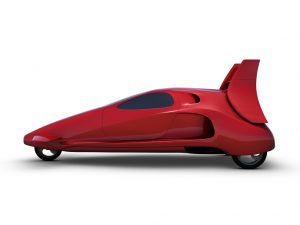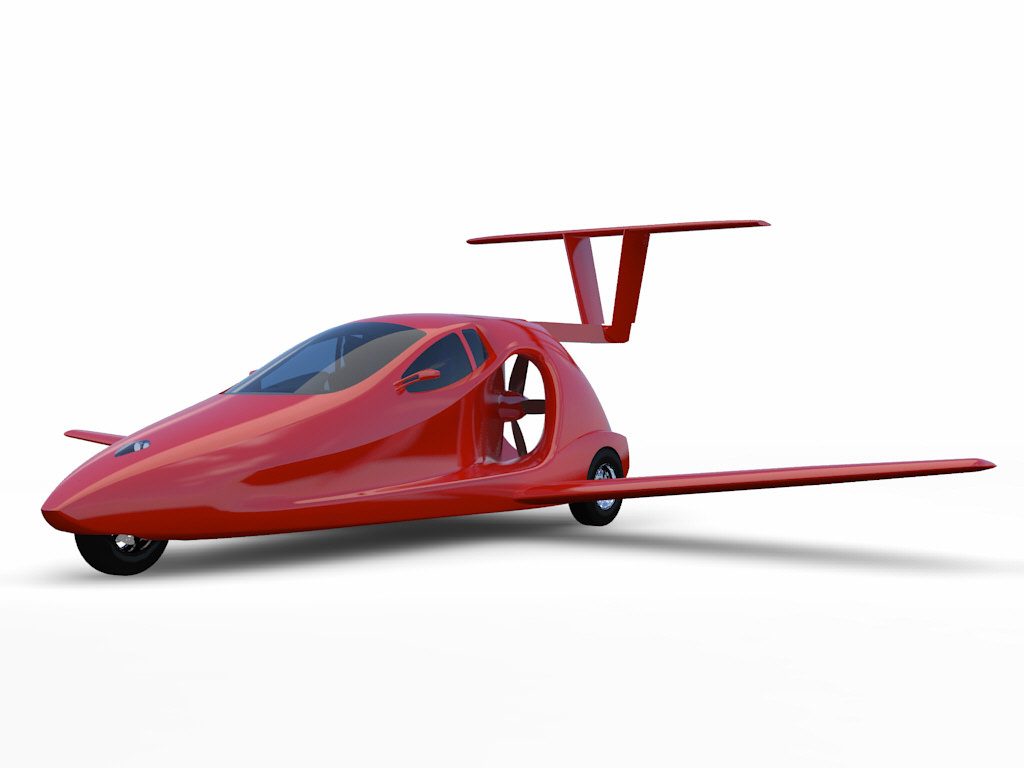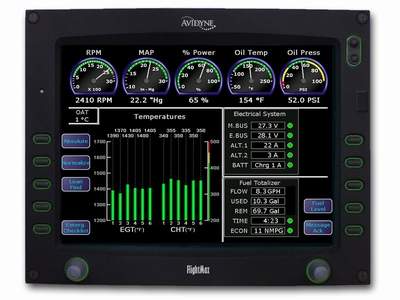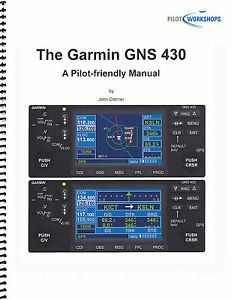 Most in the aviation industry are familiar with John and Martha King, the faces of the myriad of Kings Schools aviation training courses. Thousands of pilots have gone through their ground school courses for a variety of certificates or ratings, taking in the videos on original VHS, DVD, or streaming online depending on what the current technology is.
Most in the aviation industry are familiar with John and Martha King, the faces of the myriad of Kings Schools aviation training courses. Thousands of pilots have gone through their ground school courses for a variety of certificates or ratings, taking in the videos on original VHS, DVD, or streaming online depending on what the current technology is.
With the advent of the Airmen Certification Standards (ACS) replacing the Practical Test Standards (PTS) for the private and instrument certificates, King Schools didn’t take long to update their material.
To help private students prepping for their check ride (and their instructors who aren’t familiar with an ACS check ride yet), John King plays the student pilot in the latest King Schools prep video. The streaming online video is about 5 hours long, includes the oral portion and the flight portion of the check ride, and runs $139 (you can still get the DVD, too!).
I have recommended King Schools and their courses to all of my customers. They have always put out a great product as they reduce the fear felt for a check ride applicant. If you are prepping for your private pilot check ride, checkout the King Schools video today.





